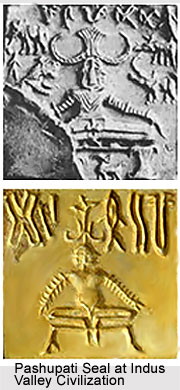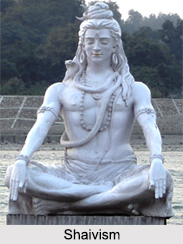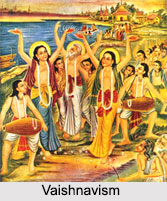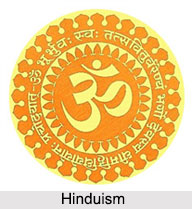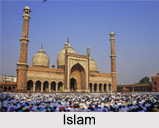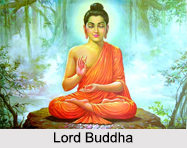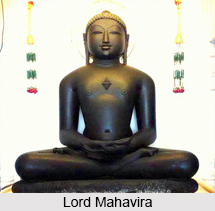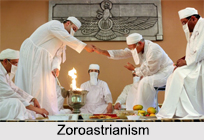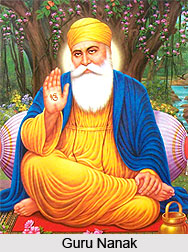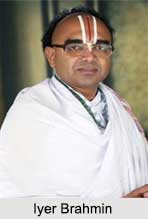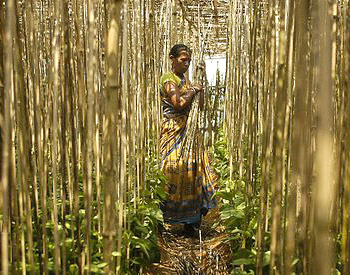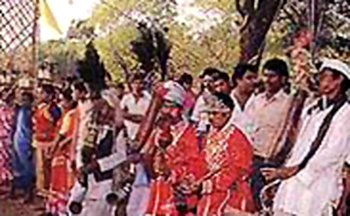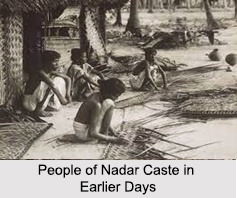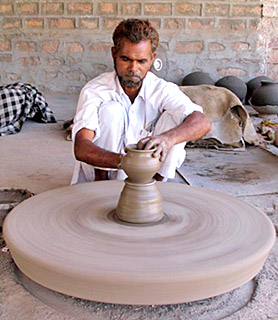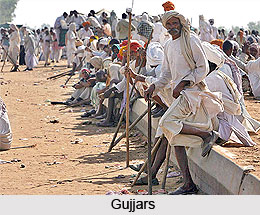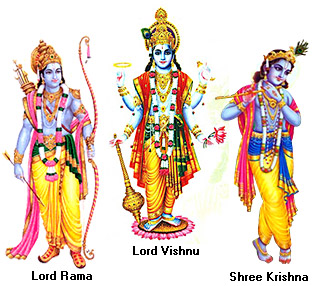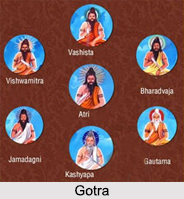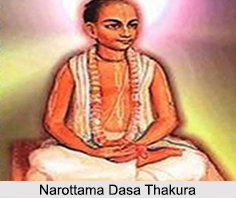 Narottama Dasa Thakura, also known as Thakura Mahasaya is a Gaudiya Vaishnava saint. He spread Vaishnava Bhakti in the states of Odisha and West Bengal. He was a lifelong Brahmachari. Narottama is mainly known for his devotional poetry, where he expressed his intense feelings towards Radha and Krishna. His prayers "Sri Rupa Manjari Pada" and "Sri Guru Carana Padma" are still sung in temples of Gaudiya Math and ISKCON.
Narottama Dasa Thakura, also known as Thakura Mahasaya is a Gaudiya Vaishnava saint. He spread Vaishnava Bhakti in the states of Odisha and West Bengal. He was a lifelong Brahmachari. Narottama is mainly known for his devotional poetry, where he expressed his intense feelings towards Radha and Krishna. His prayers "Sri Rupa Manjari Pada" and "Sri Guru Carana Padma" are still sung in temples of Gaudiya Math and ISKCON.
Life of Narottama Dasa Thakura
Narottama was born in a Kayastha family in 1520 A.D. to the King Shri Krishnananda Datta of Gopalpura in Rajashahi District of Bangladesh and Narayani Devi. Since his childhood, Narottama was attracted to Mahaprabhu Chaitanya. According to the scholars, Narottama after the death of his father entrusted all the royal duties to his eldest paternal uncle"s son and left for Vrindavan. Narottama was received in Vrindavan by Rupa Goswami and Sanatana Goswami. Later Lokanath Goswami, who initiated Narottama, instructed him to go and study from Jiva Goswami. He traveled to Bengal with other sadhus to distribute devotional writings to the general public. Fifty years after the disappearance of Chaitanya Mahaprabhu, Narottama organized annual festivals in Bengal, which served to keep the Gaudiya philosophy unified. Narottama had many disciples mostly from the regions of Bangladesh. He died under a tamarind tree at Prema Ghat on the River Ganges at Kheturi, where Mahaprabhu Chaitanya had sat. Narottama"s life is described in "Prema-Vilasa".
